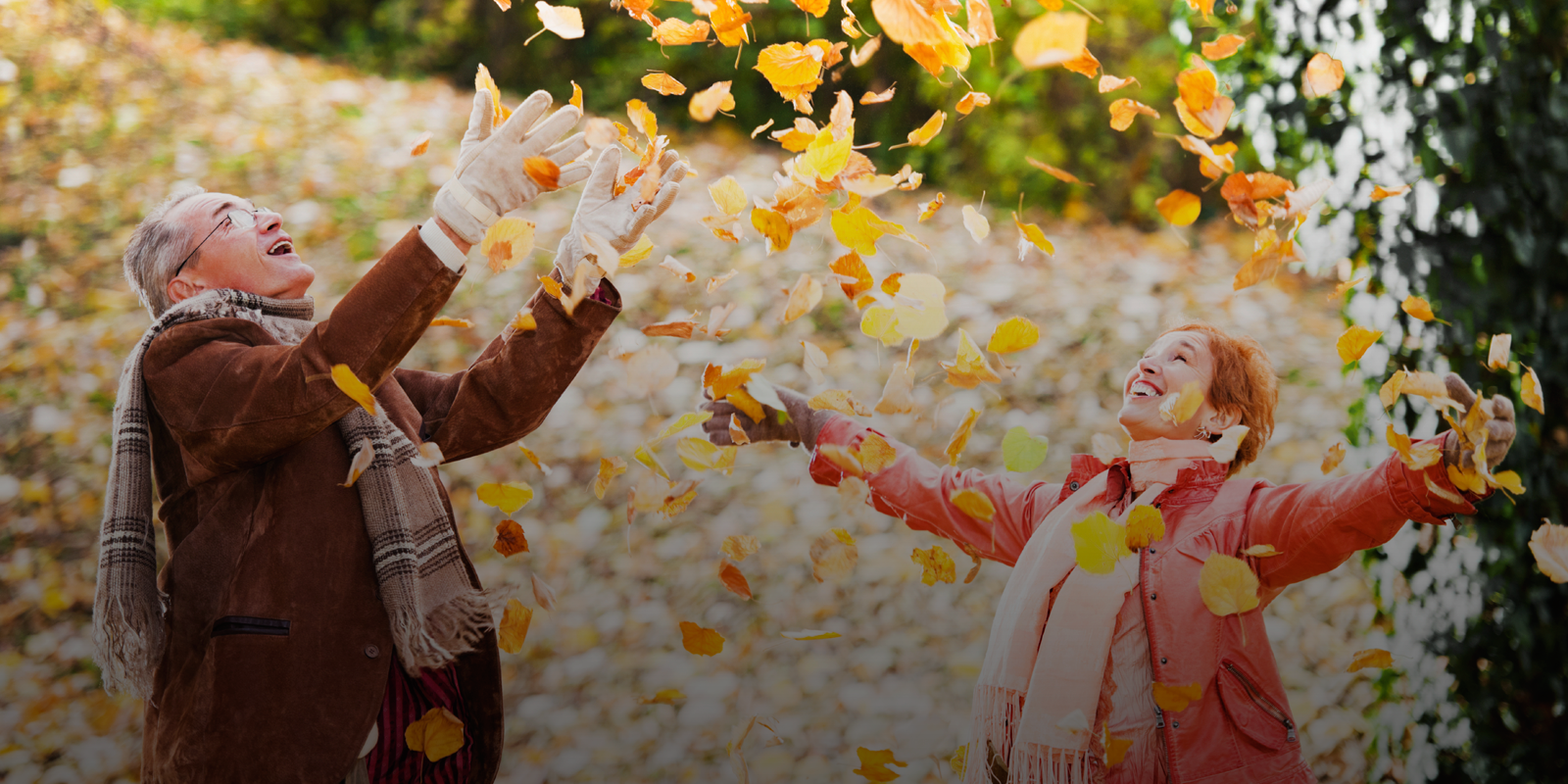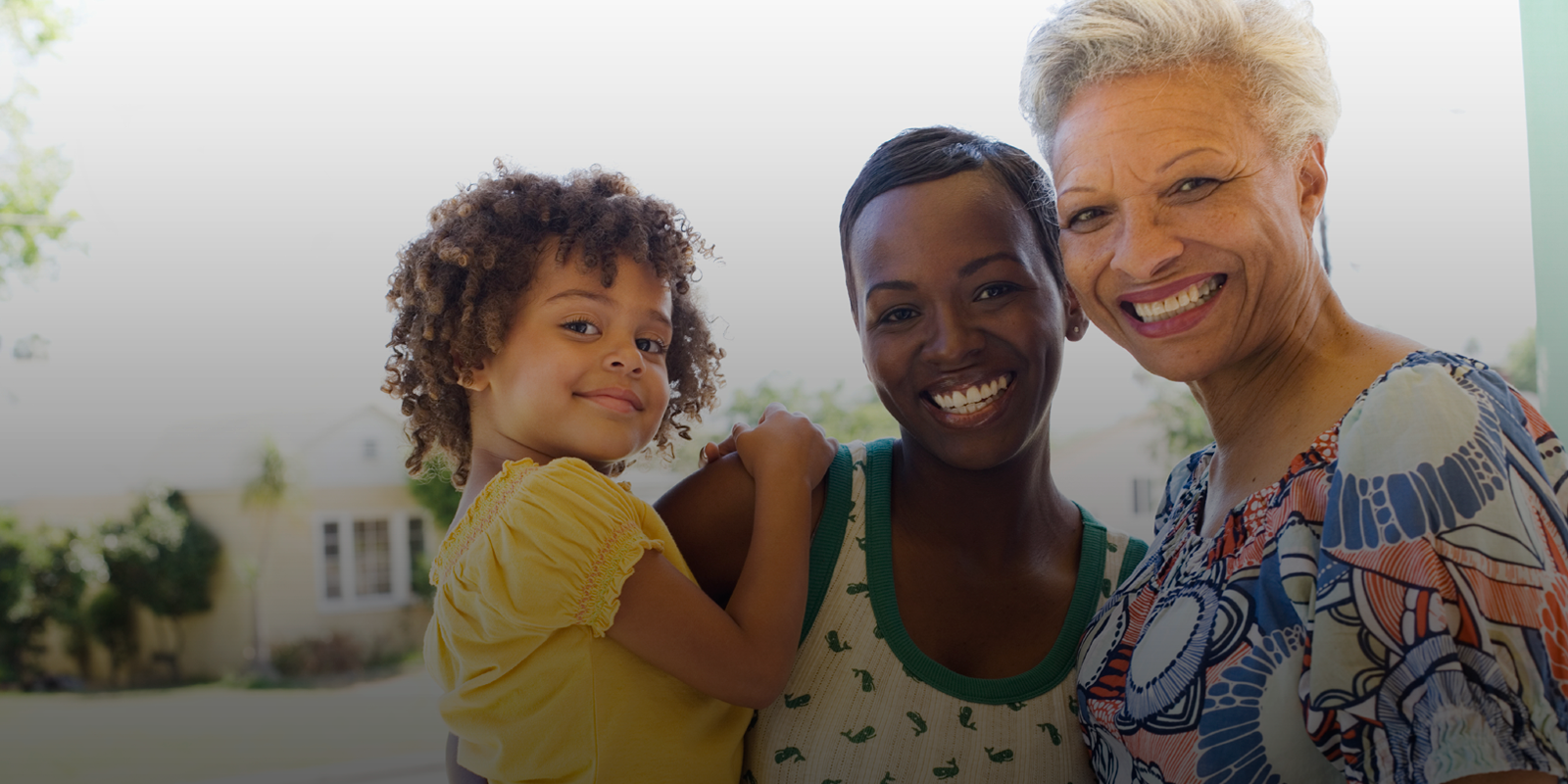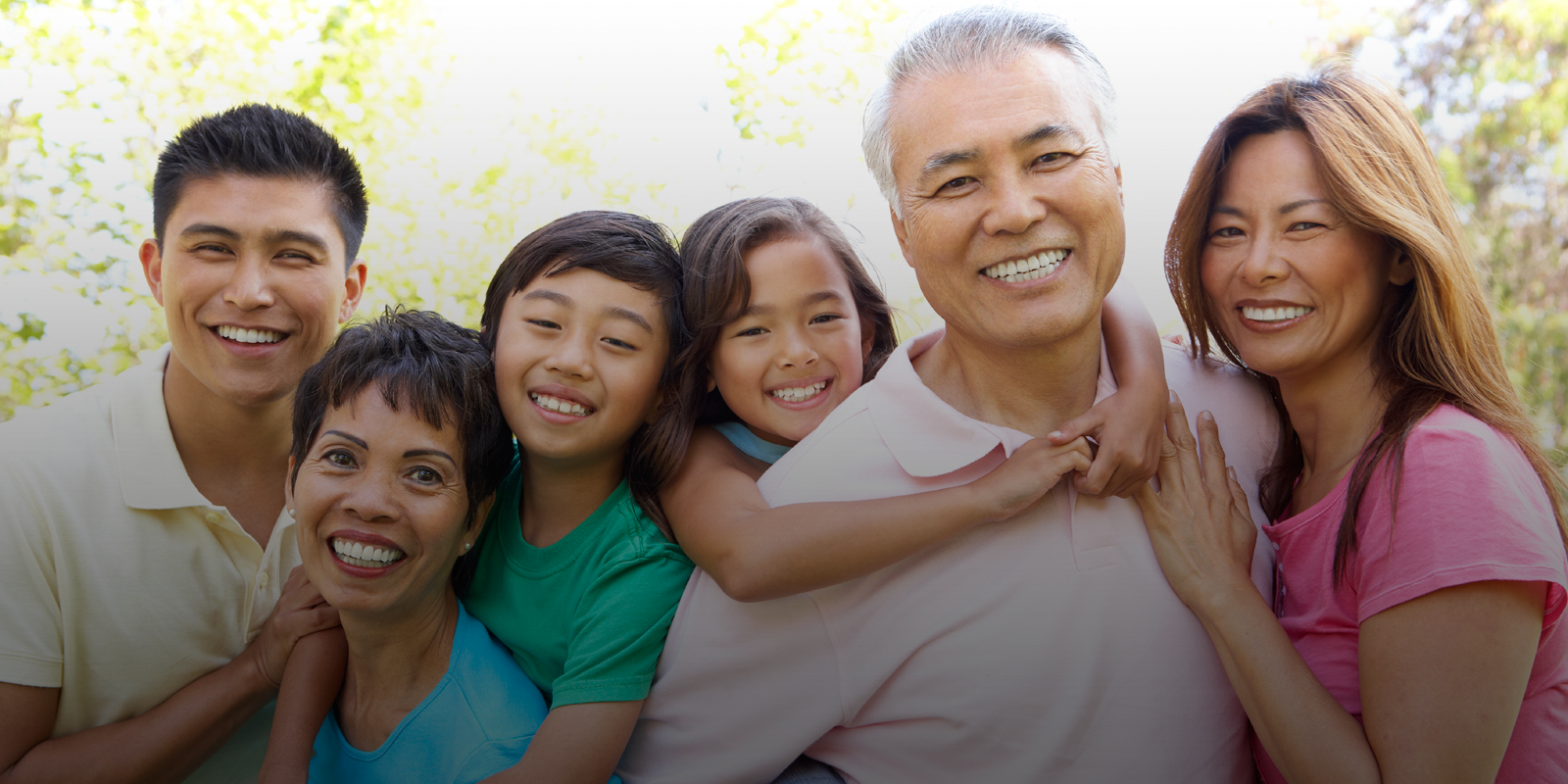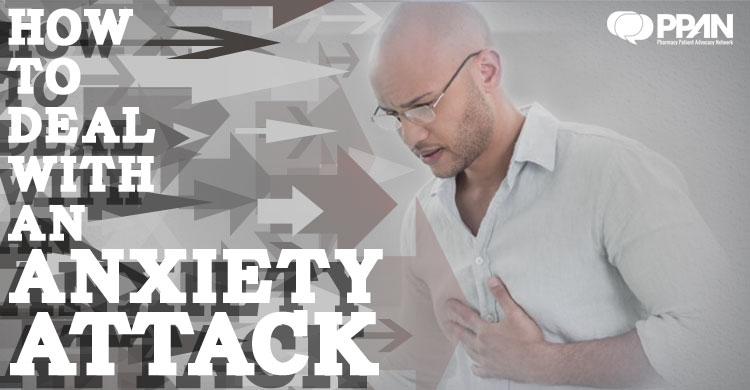How to Deal with an Anxiety Attack
Although everyone’s personality affords them a different perspective on the world, some individuals can be predisposed to anxiety conditions. This can be a learned behavior such as a neurosis, but can also have causative factors in basic body chemistry. Anxiety disorders can have both behavioral and chemical roots, but they are also an insightful look at the mind and body connection.
Every person has had experiences that make them feel anxious. These reactions to certain situations are hardwired into our brains, in an effort to keep us on guard in cases of danger and to allow us to become more alert to possible harm. However, while many people can experience anxiousness without an actual anxiety attack, some people will view the threat as greater than it actually is, and this can lead to panic and other physiological responses.
For people who do experience anxiety attacks, there are frequently underlying emotions that also contribute to the full reaction. This can include:
- Lack of control
- Helplessness
- Overwhelm
- Fear
While these other emotions may have been informed by past experiences, they are not always appropriate to the situation at hand but they can cause individuals to go into a dissociative state where they are reliving the prior trauma. Although an outside observer is not privy to this experience, for the person having the anxiety attack, the events can be quite real.
This is also where the mind and body connection becomes more clear, since the emotions do lead to a physical expression, including the following:
- Sweating
- Cold chills
- Nausea
- Gastro-intestinal upset
- Elevated heart rate
- Muscle stiffness
- Aches
All of these symptoms can accompany the psychological expression of a panic attack. What often happen is that as these physical occurrences begin to show, the individual may be thrown in to even greater anxiety, as it represents one more thing that is overwhelming and out of their control.
Learning appropriate coping mechanisms can not only reduce the impact of an anxiety attack at the time it is happening, but it can also aid in overall wellness by teaching life skills that can prevent or curtail future events.
Walking and Activity as Relief
The act of walking can be greatly beneficial for overall relaxation and for dealing with an anxiety attack as it happens. Sometimes the relief is actually from removing one’s self from the stressful stimulus, as creating a space buffer can allow the body and mind to readjust. However, walking as an activity is also deeply grounding, since it incorporates simple movement that can balance circulation and can also release endorphins to counteract the overwhelm of the anxiety.
It is also important to note that walking is highly meditative, and can give a person the chance to examine their feelings while also engaging in a constructive action. Many times, the ability to view the world with peripheral vision can allow for the focus on being overwhelmed to subside, but it also illustrates how a change in perspective can provide comfort. The rhythm of footsteps can facilitate this greater relaxation, and when it is combined with introspection, it can become a powerful tool.
It can also be important to pay attention to the environment, either as a part of the walking experience or as its own influencer on the situation. Spending time outdoors and getting close to nature can be done as a passive or active response, and taking a hike outdoors combines both of these points. Nature can not only offer the mind a greater distraction from the anxiety, but it is also a very grounding experience, as it brings the consciousness to focus on the earth and the living organisms that are all around. This frequently brings a sense of comfort and feelings of integration and interconnectedness, all of which can help to shift perspectives.
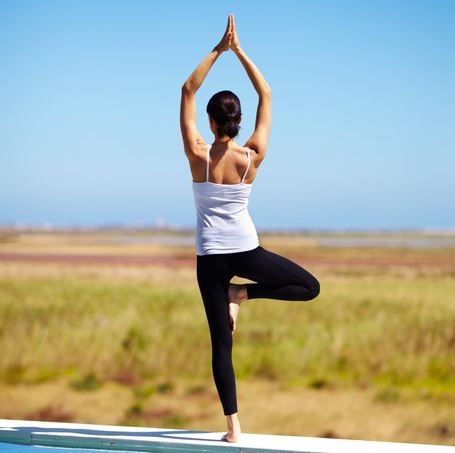
Yoga and Other Versatile Tricks
Practicing yoga can be ideal for people who are prone to anxiety attacks, as this activity raises mind and body awareness and allows for people to see the connection between feelings and physical expression. Yoga also helps to calm the mind with the endorphins that are released, but also with the focus on personal control that it brings. Beyond just engaging in the asanas, people can also learn to practice breath control and meditation, which can further encourage positive coping and anxiety reduction.
One of the truly beneficial aspects of yoga is in the breathing practices, since many individuals find that they are able to use this tool even in public situations. Breath regulation causes the mind to focus on something other than the anxiety, but it also trains the body to release neurotransmitters that reduce the physical reaction to anxiety. The result is that the individual is able to regain control in a manner that is simple and not overtly obvious. This can also reduce the impacts of an anxiety attack, since fear of others’ perception to the reaction can also heighten the state of overwhelm.
Therapy and Medication for Anxiety
Another common means for both learning coping skills and finding immediate relief from an attack can include different types of therapy or medications that reduce the expression of anxiety. Most medications for this type of condition are class drugs, since their sedative effect can lead to abuse and addiction. However, if they are taken according to protocols, they can also provide immediate improvement to the person.
These include:
- Clonazapam
- Diazapam
- Lorazapam
- Paroxetine
- Venlafaxine
Strengths and dosages of the medications can vary, depending on whether there are co-morbid conditions and how pronounced the anxiety disorder may be. However, for people who do experience anxiety attacks, but do not have an actual disorder, herbal supplements can also generate feelings of greater relaxation and peace. Some natural supplements that can be helpful include:
- Chamomile
- Lavender
- Any member of the mint family
- Kava Kava
- Skullcap
- Passionflower
- Valerian
These herbs may be taken as a tea, tincture, or capsule, and offer a mild to medium sedative effect.
Along with medication, actual therapeutic interventions can also be helpful, as this can generate behavioral change through such approaches as biofeedback and cognitive behavioral therapy. This approach can afford people the skills that they need to effectively cope with stressful situations, without reverting to immediate overwhelm and a full blown anxiety attack.

